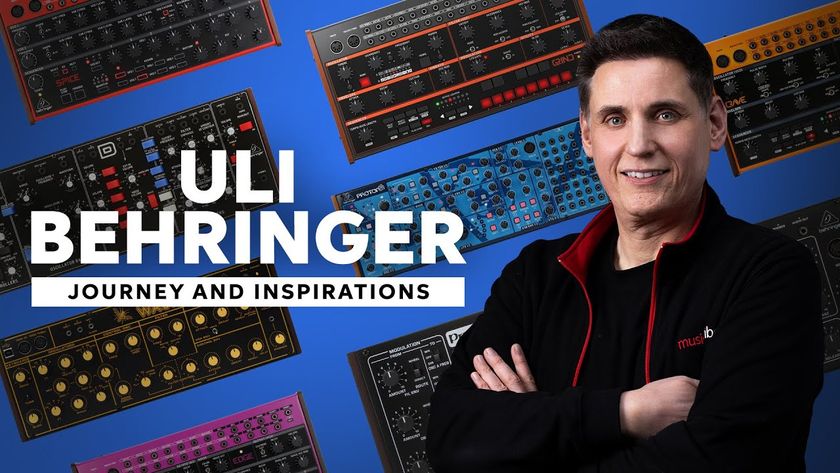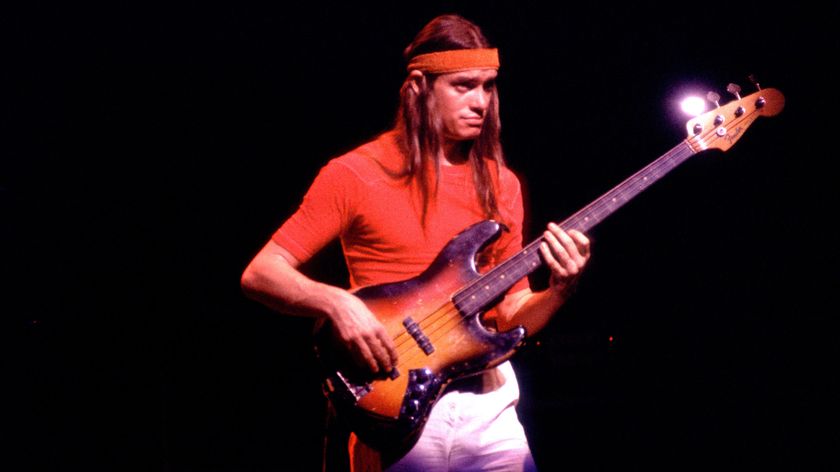The transition to MIDI 2.0 should be a “smooth crossfade”, says MMA President, as work continues on new features and backwards compatibility
Eight new spec families have been adopted in the past month
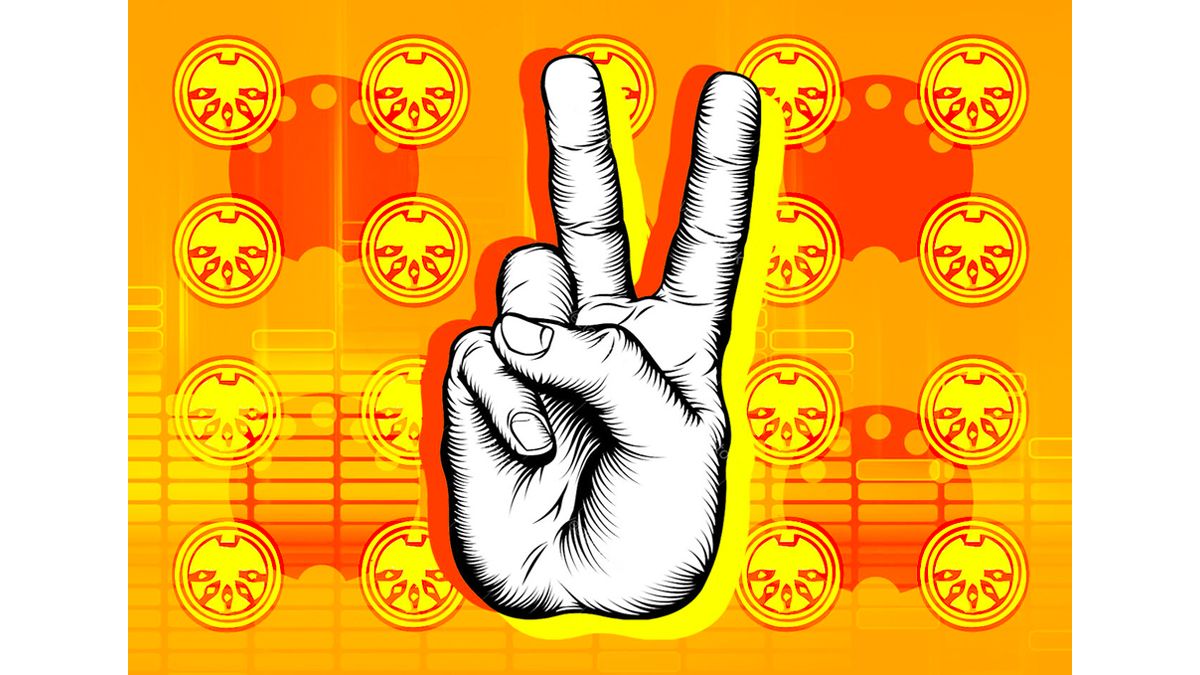
MIDI 2.0 keeps bubbling away in the background, with the development of the successor to the original MIDI spec continuing to gather pace.
It’s been confirmed that, in the past month, members of the MIDI Manufacturers Association (MMA) have reviewed and adopted eight new MIDI 2.0 specification families, bringing the total to 13 finalised specs.
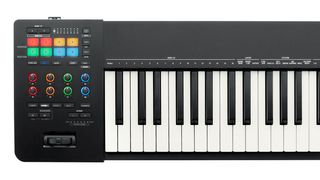
What is MIDI 2.0, and what does it mean for musicians and producers?
The eight new specifications take advantage of MIDI Capability Inquiry (CI), a protocol that expands MIDI with new features while protecting backward compatibility. MIDI 2.0 devices can query MIDI 2.0 and 1.0 gear automatically about the functions they include, follow rules that create user-friendly profiles for different instrument types, and standardise formats for exchanging properties (such as preset data) among instruments and DAWs.
Furthermore, a universal MIDI data packet accommodates communicating both MIDI 2.0 and 1.0 data over USB.
There’s more to come, too: parallel MMA working groups are currently working on specifications for default control mappings, orchestral articulations, guitar controllers, wind controllers, a standard file format for MIDI 2.0, and other elements designed to add both convenience and power to upcoming MIDI 2.0 products.
MMA President Craig Anderton says: “It’s fascinating to see what’s going on behind the scenes, particularly because of the effort being put into backwards compatibility. As a result, I expect that the transition to MIDI 2.0 won’t be a jarring change, but a smooth crossfade that will enhance current systems for years to come.”
You can keep up to speed with everything MIDI 2.0-related at the MIDI Association website.
Get the MusicRadar Newsletter
Want all the hottest music and gear news, reviews, deals, features and more, direct to your inbox? Sign up here.

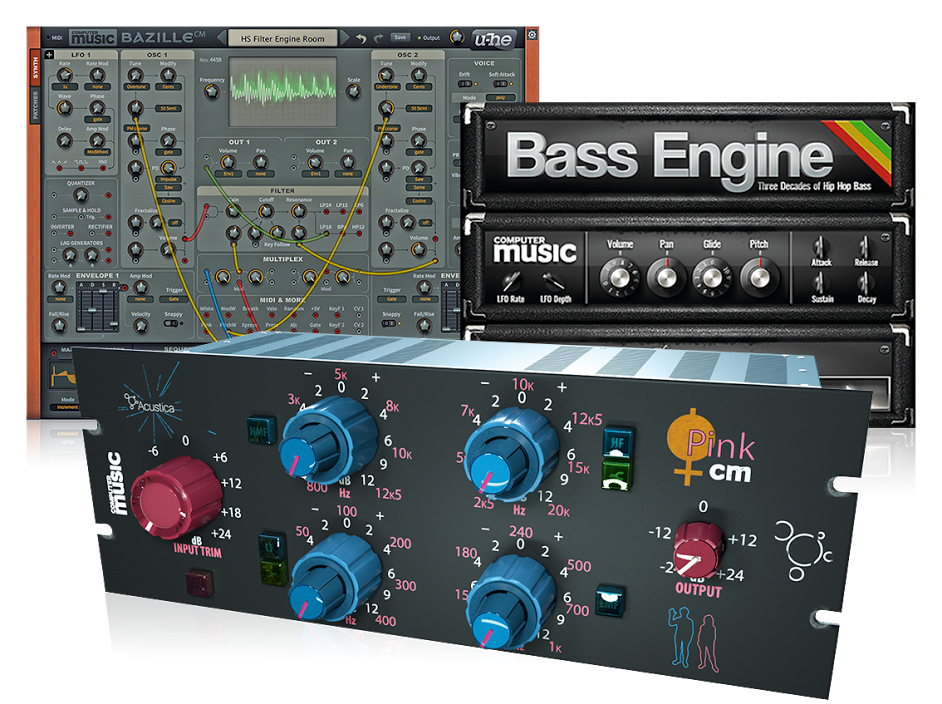

I’m the Deputy Editor of MusicRadar, having worked on the site since its launch in 2007. I previously spent eight years working on our sister magazine, Computer Music. I’ve been playing the piano, gigging in bands and failing to finish tracks at home for more than 30 years, 24 of which I’ve also spent writing about music and the ever-changing technology used to make it.
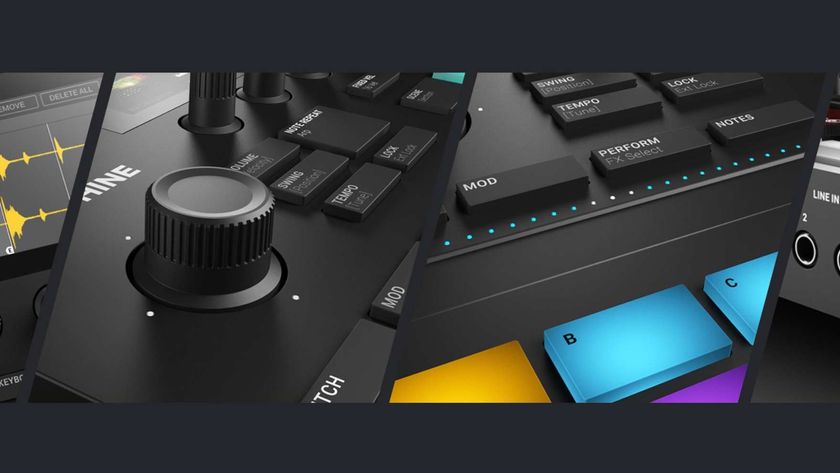
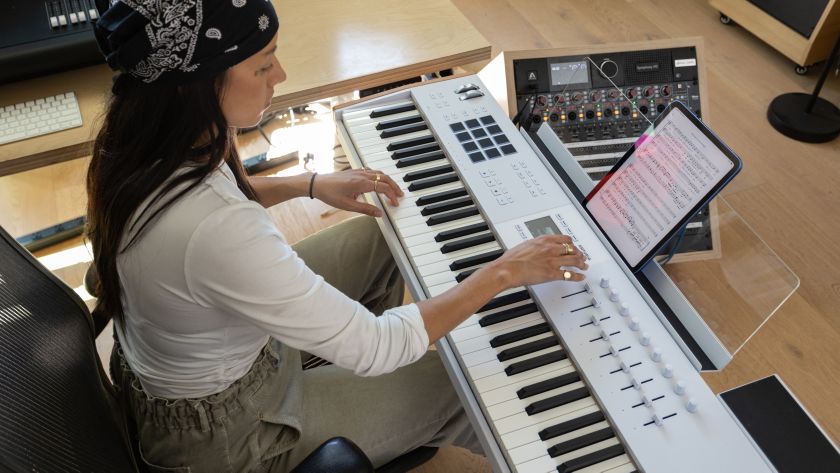

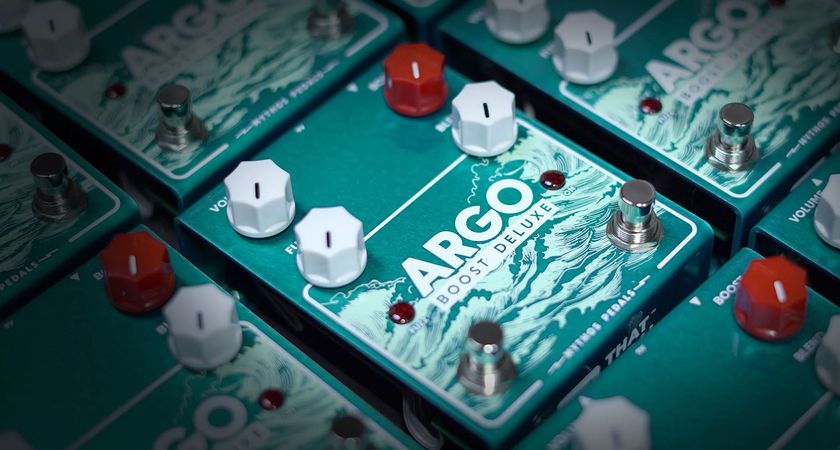

![Chris Hayes [left] wears a purple checked shirt and plays his 1957 Stratocaster in the studio; Michael J. Fox tears it up onstage as Marty McFly in the 1985 blockbuster Back To The Future.](https://cdn.mos.cms.futurecdn.net/nWZUSbFAwA6EqQdruLmXXh-840-80.jpg)

